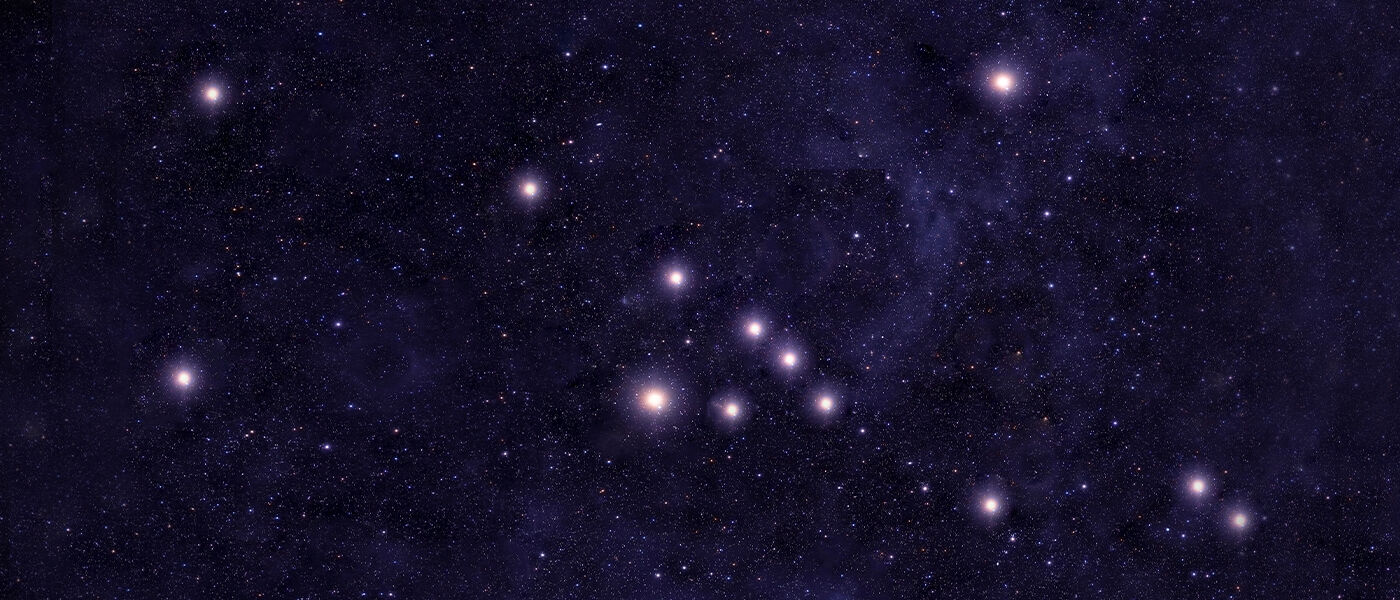Sky Map for March 2022
Activity Time: As long as you wish!
Recommended Grades: K - 12
Objective: In this activity, you'll step outside and find constellations and planets in the night sky.

- Sky map (click here to view and print out the sky map for March 2022)
- Compass
- Binoculars (optional)

- Find a spot outdoors with as little artificial light as possible.
- Using your compass to get your bearings, face north.
- Hold the sky map with NORTH at the bottom.
- From where you stand, find bright Polaris, also known as the North Star.
- Using Polaris on your map as a reference point, scan to the other stars, planets, and constellations depicted on the chart. How many can you spot? Do they match the map?
- Repeat the sequence facing SOUTH, WEST, and EAST.

The key factor determining which stars we can see on a certain night is our latitude. Latitude is how far we are north or south of the equator. Northern New Jersey, where Liberty Science Center is located, is 40 degrees north of the equator. Thanks to the time zones, anyone at 40 degrees north—from Columbus, Ohio to Beijing, China—would see the same stars that we do in Jersey City, at the same time of night.
As Earth orbits the sun, the stars rise and set four minutes earlier each night. So a map that reflects the stars’ position at 9:00 pm on the first day of the month will reflect their position at 7:00 pm at the end of that month.
This star map shows the New Jersey sky around 9:00 pm on March 1 and 7:00 pm on March 31. That said, the changes of latitude are small enough that the map would also be helpful to stargazers anywhere in the continental US.
